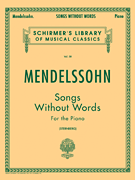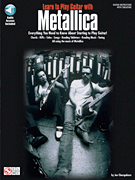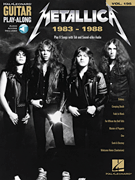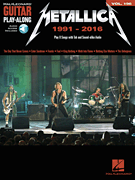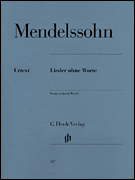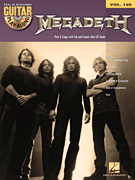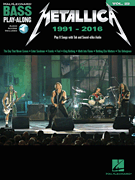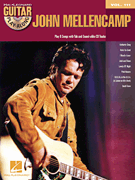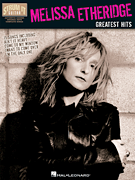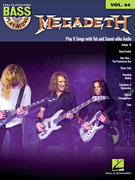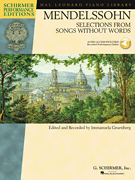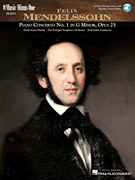Search Results for: “Without Me”
Loading...
Song Without Words, Op. 62, No. 6 View 36 Products
The Safety Dance View 22 Products
Without Me View 19 Products
Circle Without End View 14 Products
Pop Goes The World View 12 Products
Song Without Words, Op. 19, No. 4 View 8 Products
Song Without Words, Op. 19, No. 6 View 8 Products
Song Without Words, Op. 30, No. 3 View 7 Products
You're Nothing Without Me View 6 Products
Song Without Words, Op. 30, No. 6 View 5 Products
Song Without Words, Op. 19, No. 1 View 4 Products
Song Without Words In A Major, Op. 19, No. 3 View 4 Products
Song Without Words, Op. 102, No. 3 View 4 Products
Song Without Words, Op. 30, No. 1 View 3 Products
Song Without Words In A Minor, Op. 19, No. 2 View 2 Products
Song Without Words In A-Flat Major, 'Duet,' Op. 38, No. 6 View 2 Products
Song Without Words In E Major, Op. 30, No. 3 View 2 Products
Song Without Words In F-Sharp Minor 'Venetian Gondola Song,' Op. 30, No. 6 View 2 Products
Song Without Words In G Minor 'Venetian Gondola Song,' Op. 19, No. 6 View 2 Products
Song Without Words In A Major, Op. 62, No. 6 View 2 Products
Song Without Words In C Major, Op. 102, No. 3 View 2 Products
Song Without Words In E Minor, Op. 52, No. 3 View 2 Products
Song Without Words In G Minor, Op. 53, No. 3 View 2 Products
Song Without Words In A Minor, Op. 85, No. 2 View 2 Products

